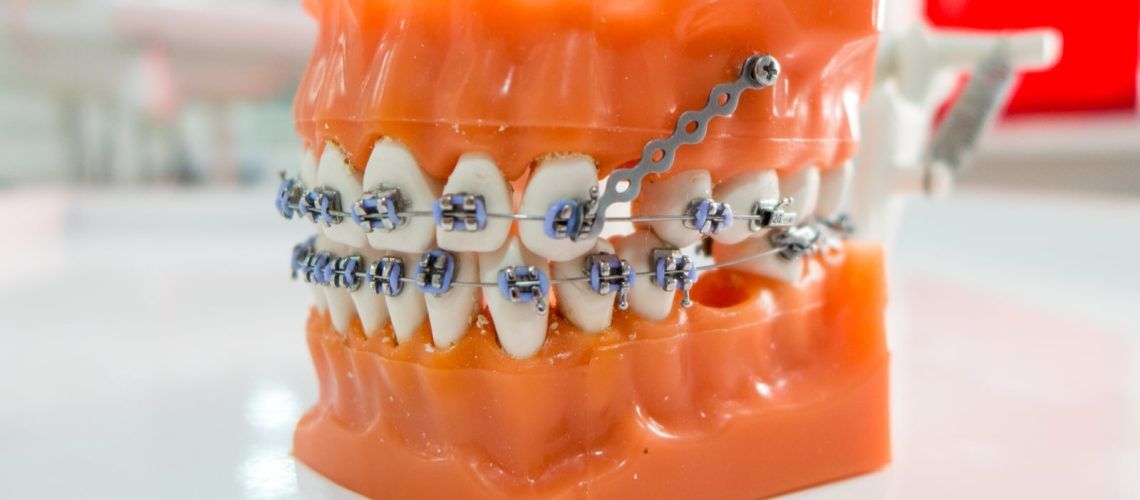Temporary Anchorage Devices (TADS) is an implant used during orthodontic care. These implants are similar in shape to screws, are made of a titanium alloy, and can be safely left in place for several months following their implantation. Treatment types being performed are determined by the length of time the implants remain in place. TADS aims to provide a fixed and stable point that your dentist can utilize in moving your teeth during orthodontic care. Dentists must ensure that the teeth move appropriately and only the ones that need to be moved during the treatment.
TADS Role In Orthodontic Adjustment
Dental care is a cunningly complex procedure that requires precision in applying force to specific oral structures. Consistent pressure is utilized to ensure that your teeth move as desired. Furthermore, it is necessary to ensure that only specific teeth move while the others remain stationary. In most dental treatments, your teeth will be used as the anchor points for moving other teeth. Sometimes, this method isn’t always possible or desirable. When this possibility is unavailable or undesired, Temporary Anchorage Devices come into play as they are an effective alternative to the traditional anchorage techniques and have flexibility in their placements. Here’s how using Temporary Anchorage Devices can be a benefit:
- They can create a point of anchorage where none would exist.
- Circumvent the need to use other teeth as an anchor, eradicating the risk of moving an anchored tooth.
- They can provide extra security for anchored teeth to ensure they don’t move during the adjustment process.
- It can prevent the need and usage of cumbersome headgear during dental care.
- Reduces treatment time by reducing variations in tooth movement and allowing for more accurate tooth adjustments.
- Simple placement and removal without requiring any surgery
- It can be used in patients of any age range and can be utilized in different parts of the mouth
TADS are capable of removing the risk of teeth moving in undesired ways. This form of unwanted movement can lead to significant complications in dental care. Before TADS were created, headgear was necessary when appropriate anchorage points didn’t exist. TADS makes it possible to negate or limit external support while reducing the need for certain surgeries, elastics, or other treatments.
Receiving TADS is reasonably straightforward, similar to receiving traditional dental implants. However, there are noticeable variations in the process. Unlike standard implants, TADS don’t require osseointegration, the process in which permanent implants fuse with the jaw bone. For permanent implants, this process is required to provide a secure anchorage point for your implant dentures, whereas TADS are removed at the end of their usefulness.
Speak To Your Dentist About TADS
If you have an upcoming dental procedure and wish to know if TADS might be an appropriate option, please speak with your dental provider. They will go over the specifics of your treatment and inform you if TADS would be a valuable part of the process. Schedule your next visit today!

